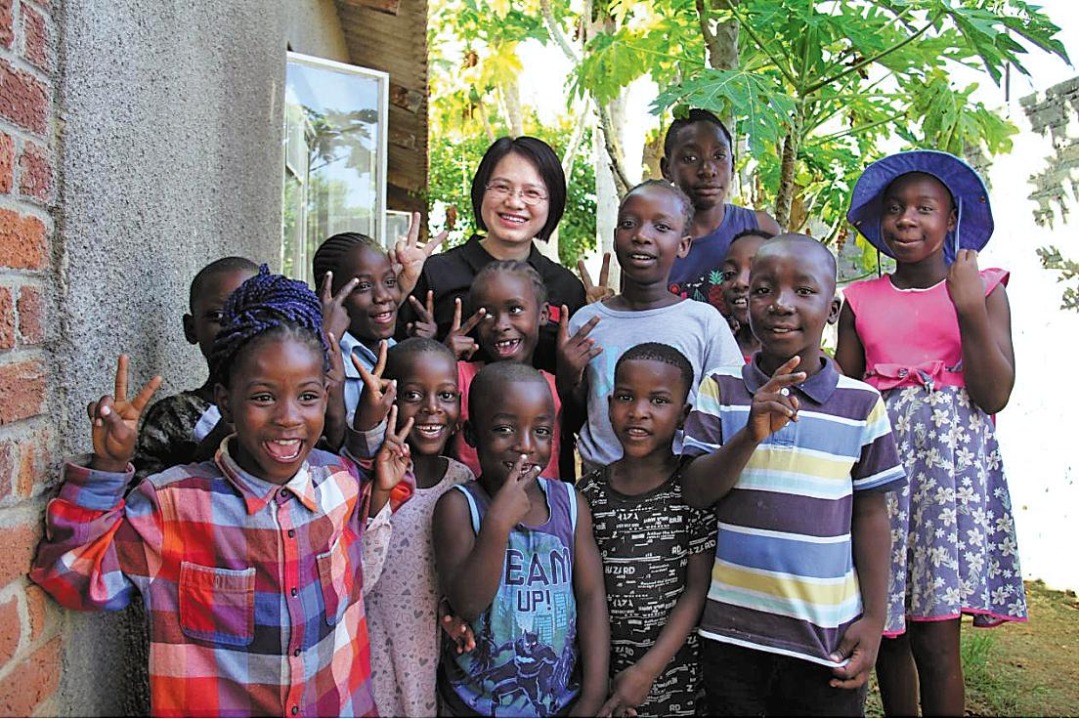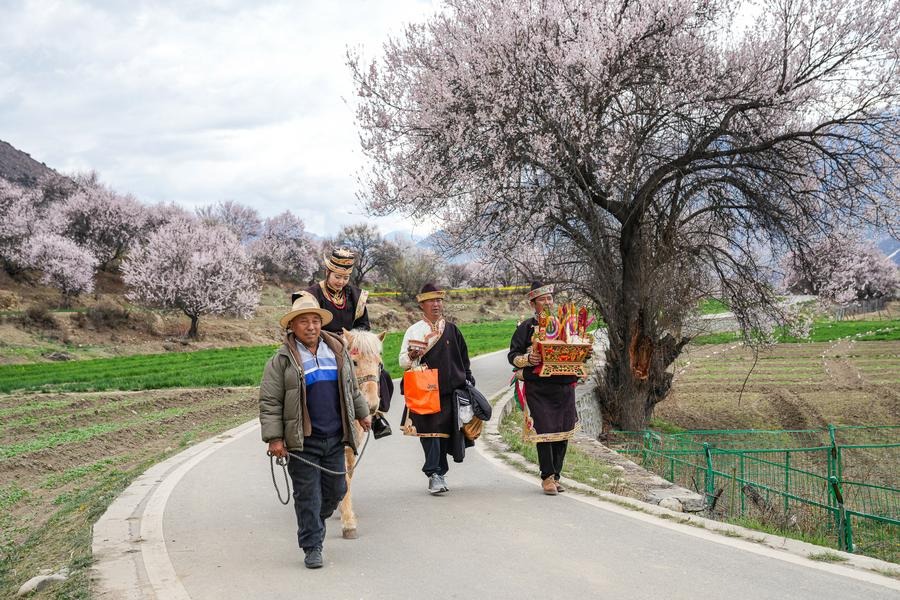Full Text: Slanderer Adrian Zenz's Xinjiang-related Fallacies Versus the Truth

Fallacy Three: The population policy implemented in Xinjiang has led to "genocide", and the population growth of Uygur and other ethnic minorities is stagnant
Zenz claimed in his report Sterilizations, IUDs, and Mandatory Birth Control: The CCP's Campaign to Suppress Uyghur Birthrates in Xinjiang that the natural population growth rate in Xinjiang has drastically dropped since 2015 and that the natural population growth rate in Kashgar Prefecture and Hotan Prefecture is just 2.58‰. He also cited 2020 Budget of Health Commission of Kizilsu Kirgiz Autonomous Prefecture, and concluded that a population growth objective close to zero (1.05‰) in 2020 has been set in the prefecture. Based on the claim, he discredited the population policy of ethnic equality in Xinjiang as "genocide." However, according to 2019 Xinjiang Statistical Yearbook released by the Bureau of Statistics of Xinjiang Uygur Autonomous Region, in 2018, the natural population growth rate in Kashgar Prefecture is 6.93‰, and 2.96‰ in Hotan Prefecture . Obviously, his data is completely out of fabrication. Meanwhile, from the documents issued by the health commission of Kizilsu Kirgiz Autonomous Prefecture, the ratio used in the natural population growth rate is percentage, namely, the objective of natural population growth rate of Kizilsu Kirgiz Autonomous Prefecture in 2020 is 1.05%, and thousandth ratio is 10.5‰. Zenz deliberately falsified the figures in the documents and completely violated research norms and methods.
The family planning policy in China has been carried out in an orderly process. It first started in the inland provinces and then moved to the frontier provinces, in the urban areas first and then to the rural areas, and on the Han population first and and then on the ethnic minorities. The Chinese government has implemented a relatively loose family planning policy on the ethnic minorities. In 1975, Xinjiang started the implementation of the family planning policy in Urumqi and other cities where the Han population was relatively concentrated. In 1981, the Interim Provisions on Some Issues of Family Planning was issued, and the family planning policy was implemented in an all-round way among the Han population. In 1992, the Family Planning Measures of Xinjiang Uygur Autonomous Region was issued, and the family planning policy on ethnic minorities was implemented more leniently than that on the Han population in Xinjiang. One couple of the Han people in cities and towns were encouraged to have one child, and in rural area, they could have two children. However, one couple of ethnic minorities in the urban areas were encouraged to have two children, and in rural areas, they could have three children. In 2017, with economic and social progress and the convergence of the child-bearing wishes of all ethnic groups in Xinjiang, the region revised the Regulations on Population and Family Planning of Xinjiang Uygur Autonomous Region, stipulating that all ethnic groups should implement a unified family planning policy, that is, a couple in the urban areas can have two children, and a couple in the rural areas can have three children. It can be seen that the implementation of family planning policy on ethnic minorities in Xinjiang is not only 17 years later than that on the Han population, but also relatively looser than that in the inland provinces.
The population of ethnic minorities in Xinjiang including the Uygurs has steadily increased. According to official data, from 2010 to 2018, the number of permanent residents in Xinjiang grew from 21.8158 million to 24.8676 million, representing an increase of 3.0518 million and 13.99%. Among them, the population of ethnic minorities grew from 12.9859 million to 15.8608 million with an increase of 2.8749 million and 22.14%; the Uygur population grew from 10.1715 million to 12.7184 million, with an increase of 2.5469 million and 25.04%; the Han population grew from 8.8299 million to 9.0068 million, with an increase of 176,900 and 2.0%. The growth rate of the Uygur population is not only higher than that of the whole Xinjiang population, but also higher than that of ethnic minorities in Xinjiang and obviously higher than that of the Han population. We cannot help but ask Zenz, is the population of ethnic minorities including the Uygurs undergoing a stagnant growth at all?
It must be pointed out that the so-called "genocide" in Xinjiang spread by Zenz is extremely absurd and has been widely questioned and opposed by the legal, academic and media circles of the international community. Many believe that the United States and some Western countries have failed to produce any evidence to prove the so-called "genocide," and the excuses they listed are also weak. They only rely on the comments of a few so-called "experts" and "witnesses" to identify China's policies in Xinjiang as "genocide," which lacks objectivity and authenticity. The U.S. periodical Foreign Policy disclosed that the U.S. State Department's Office of the Legal Advisor concludes that there is insufficient evidence to support the genocide claim.



































